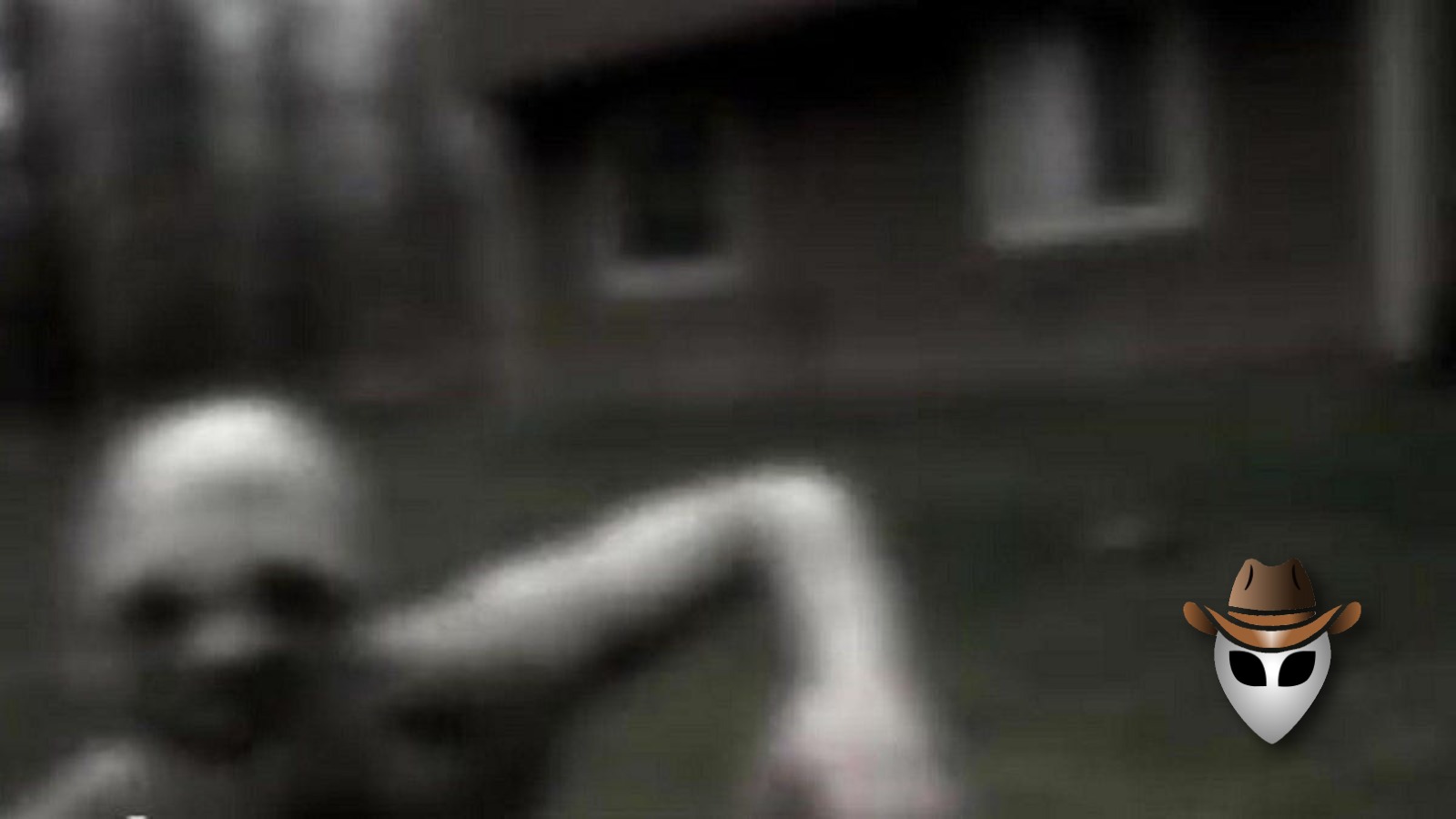The concept of the skinwalker comes from Navajo folklore, but its reach has extended far beyond indigenous communities, captivating popular imagination. These shape-shifting beings are often portrayed as evil witches who can transform into animals or take on the form of other humans. While stories of skinwalkers are ancient, they have recently gained more attention in modern media, particularly in paranormal investigations.
In Navajo culture, skinwalkers—called yee naaldlooshii—are believed to be witches who use their powers for malevolent purposes. According to legend, these witches can transform into various animals, often wolves or coyotes, to carry out their dark deeds. Unlike other shapeshifting myths, skinwalkers are said to derive their powers from evil acts, such as murder or the desecration of sacred traditions. The Navajo are traditionally reluctant to discuss skinwalkers, which has contributed to the aura of mystery surrounding them.
In modern times, skinwalker legends have been linked to a range of paranormal occurrences, including UFO sightings and cryptid encounters, particularly in the American Southwest. Skinwalker Ranch in Utah has become notorious as a hotbed for supernatural activity, where numerous people claim to have witnessed bizarre phenomena that range from shapeshifting creatures to inexplicable lights in the sky.
Evidence in Favor of Skinwalkers’ Existence
The most compelling evidence supporting the existence of skinwalkers comes from eyewitness testimony. People, especially those living near Navajo reservations or Skinwalker Ranch, have seen humanoid figures transforming into animals. Some claim to have encountered strange creatures that seemed too intelligent to be natural animals. These accounts are often consistent in describing these beings’ speed, stealth, and eerie presence. Ranchers, police officers, and even researchers have recounted encounters where they saw figures that appeared to shift between human and animal form.
Paranormal Investigations
A growing number of paranormal investigators have explored places like Skinwalker Ranch, collecting what they believe to be compelling evidence. This includes video footage of unidentified creatures, electromagnetic anomalies, and inexplicable damage to livestock. Skinwalker Ranch has become a focal point for people interested in the supernatural, attracting attention from filmmakers and scientists alike. Some argue that the ranch serves as a liminal space, where the boundaries between dimensions blur, allowing skinwalkers and other supernatural entities to appear.
Cultural Consistency
The skinwalker myth is not limited to the Navajo. Similar stories of shapeshifting beings exist in other indigenous cultures, including the Hopi, Ute, and Zuni. Even European folklore contains stories of werewolves and witches who could change their shape. The cultural consistency of these tales lends some credence to the idea that there may be a kernel of truth behind them. In addition, the reluctance of many Navajo to discuss skinwalkers, even in modern times, adds an air of seriousness to the subject. If these beings were mere folklore, why would there be such a deep, continued fear of them?
Evidence Against Skinwalkers’ Existence
While paranormal investigators have presented anecdotal evidence, there is a lack of verifiable scientific data that confirms the existence of skinwalkers. Despite years of research and investigation at places like Skinwalker Ranch, no conclusive proof has been gathered. The sightings and video footage that purport to show skinwalkers are often blurry or ambiguous, making it difficult to determine if they depict anything supernatural at all. In the absence of clear, reproducible evidence, mainstream science remains skeptical of the claims.
Psychological and Sociocultural Explanations
Skeptics often argue that skinwalker sightings can be explained through psychological or sociocultural factors. Humans are prone to seeing patterns in random occurrences, a phenomenon known as pareidolia. In stressful or unfamiliar environments, such as the remote areas where skinwalkers are typically spotted, people may misinterpret natural sounds, movements, or even the behavior of wild animals as something supernatural. This can be especially true for those who are already familiar with the skinwalker myth, as expectations and fears can color their perceptions.
In addition, skinwalker stories are often passed down through generations, evolving with each telling. This folklore serves as a means of reinforcing cultural norms and boundaries, particularly around taboo subjects like witchcraft and death. As such, skeptics argue that skinwalkers are a product of collective imagination rather than reality.
Hoaxes and Media Influence
Another point against the existence of skinwalkers is the possibility of hoaxes. As the legend has gained attention, there have been numerous reports of staged encounters and fabricated videos, often intended to attract media coverage or capitalize on the paranormal tourism industry. In some cases, “sightings” may be explained by people dressing up as skinwalkers to prank or frighten others. The rise of the internet and social media has also played a role in spreading and amplifying these stories, making it difficult to separate fact from fiction.
The question of whether skinwalkers are real remains unresolved. On one side, eyewitness testimony and cultural traditions suggest that something strange is happening in places like Skinwalker Ranch. On the other side, the lack of hard scientific evidence and the influence of folklore and media make it difficult to definitively prove their existence. Like many aspects of the paranormal, the legend of the skinwalker thrives in the space between belief and skepticism, where personal experiences and cultural history intersect with our desire to explain the unexplainable. Whether they are real or merely products of human imagination, skinwalkers will continue to haunt the edges of our understanding of the world.
Share Your Story about Skinwalkers!
Do you have personal experience with skinwalkers? Do you believe they exist? Share your story in the comments below!

A VERY interesting description of an encounter with a skin walker or something damn weird and scary is in chapter 5 of Erica M. Elliott, M.D.’s “Medicine and Miracles in the High Desert: My Life Among the Navajo People.” She taught school there after college later became an M.D. and returned to the region for many years as a doctor. She now practices in Santa fe.